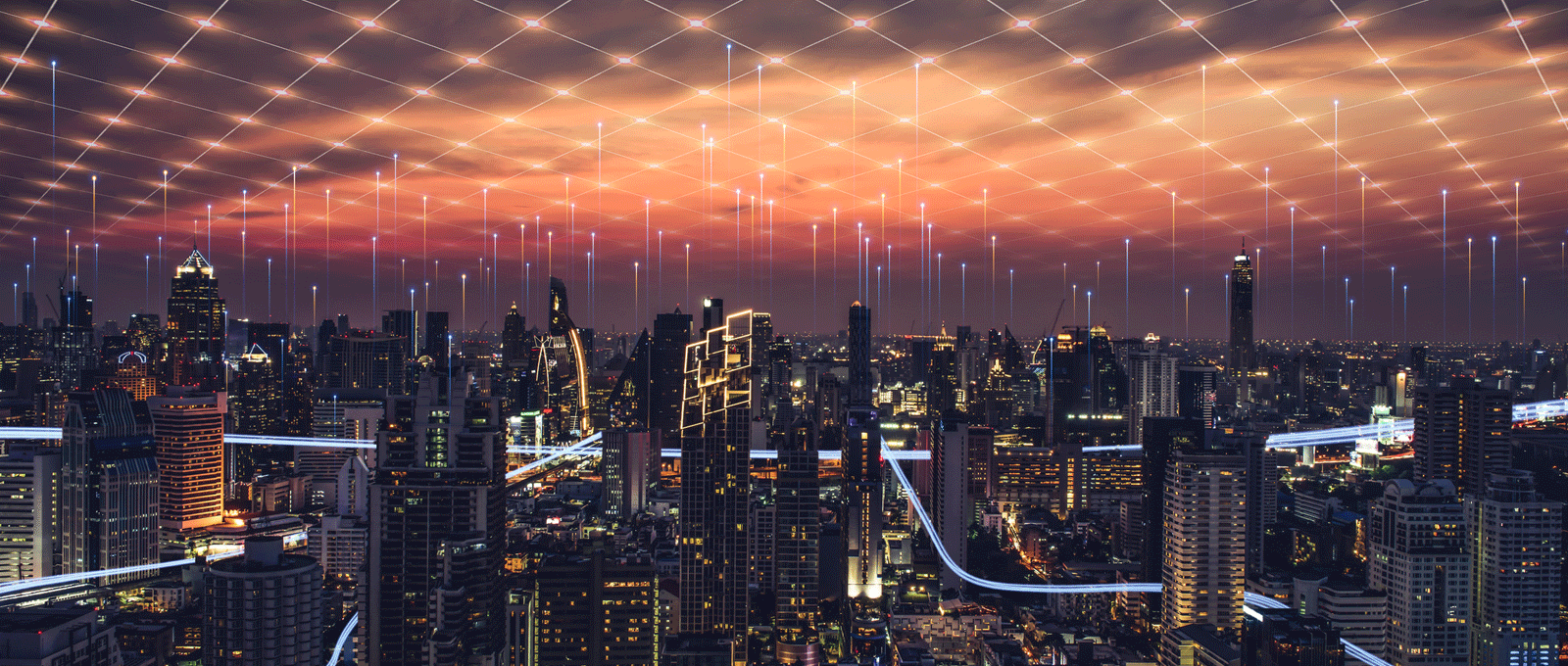What is 6G and how soon will we be using it?
Sixth-generation wireless technology, or 6G as it is currently known, may not exist yet, but it is in development and will eventually take over from 5G. 6G has the potential to lead us into a new era of wireless technology and transform the world. 6G is already creating headlines in the tech industry, with reports some countries are already racing ahead, but is 6G still a thing of the future or will it be with us sooner rather than later?





